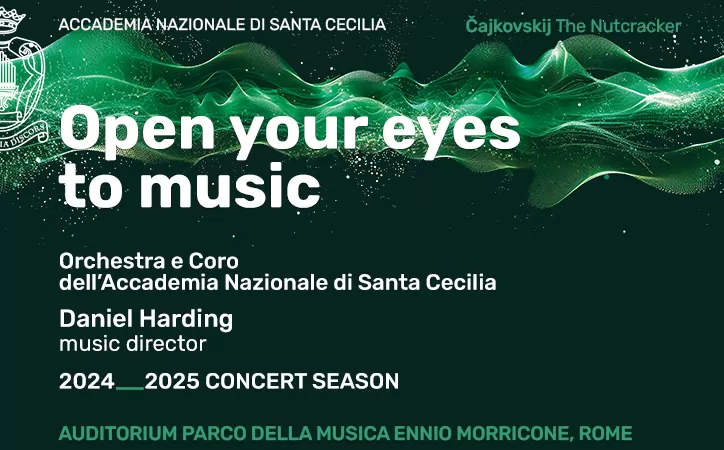Secrets of Agrippina's villa unearthed.
At the height of the Roman empire, the nucleus of Rome and its palaces was wreathed with a garland of outlying suburban villas splendidly appointed, in gardens full of fruit trees, rare flowers and swimming pools. Not since Egyptian times had a ruling class dwelt in such sumptuous and luxurious surroundings. But the repetitive onslaughts by barbarian hordes, the razing and despoiling of mediaeval Rome, its merciless recycling by nouveau-riche popes, the new spirit of the Renaissance, Mussolinis wilful planning and, last but not least, modern progress have reduced Rome to a giant collage. Never has a city been made of so many historical layers used over and over again for the most disparate architectural forms. Nor do we have any idea how much of the hallowed rubble we still tread today when engaged in our ordinary daily rounds. But from time to time something sparkles up to the surface and forlorn fragments may speak to us of long-ago lives and their splendour.
So it happened that when a huge space was about to be blasted into the Janiculum hill for a parking garage meant for the pilgrim buses for the millennium Jubilee of 2000, the bulldozers rammed into the halls of an imperial villa. It was the centre of a complex of gardens which was built for Agrippina the elder (14BC-33AD), niece of Augustus and mother of Caligula. After the fall of the empire it was used as a storage space for centuries, then it was partially gutted and in the end buried and forgotten. The discovery stirred up a wasps nest of controversy: Rome was in dire need of space, but historical heritage was supposedly untouchable.
In the end the scholars and archaeologists achieved only a pyrrhic victory over the modern barbarians, the planners and politicians. The major part of the fragments were carefully carted away to be catalogued, stored and studied, but the parking space for temporary pilgrims was grimly built.
The fragments from the villa are now on display for the first time in Palazzo Altemps, in the museum of antiquity, in what was once a theatre. There are gracefully detailed capitals of columns in marble and alabaster and other fine decorations, even a small, touchingly awkward statue of Venus. But two decorative panels of the garden rooms are astounding. Light, spacious, with a beautifully cursive touch, they depict well-heads, architectural scaffolds little impish masks and song birds flitting through them whorled branches of leaves, flowers and ropes swinging lightly overhead. Yellows and burnt-umber reds stand out blithely on pale white surfaces all as fresh as if painted yesterday. Here a swift, playful hand has left enchanting traces. Only a sophisticated high-class craftsman or artist could have performed these quick, easy marks. The old saying has it that most Roman discoveries were mere copies of Greek masterpieces. However, this charming show confirms todays theory that Romes artists, perhaps taught by Greeks in a few instances, were in fact the real perpetrators. It makes you hunger for new discoveries from the unimaginable wealth of fragments still quite literally underfoot.
I Colori del Fasto. La domus del Gianicolo e i suoi marmi.
Until 18 April. Museo Nazionale Romano in Palazzo Altemps,
Piazza di S. Apollinare 48, tel. 0639967700.
Open Tues-Sat 09.00-19.45.


















